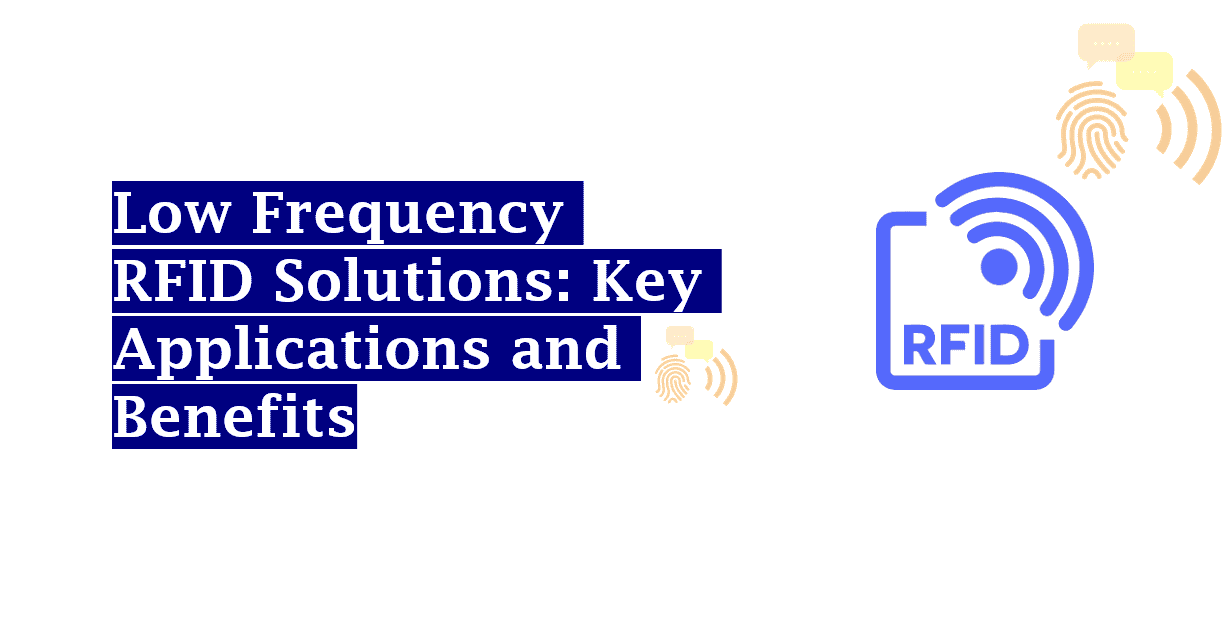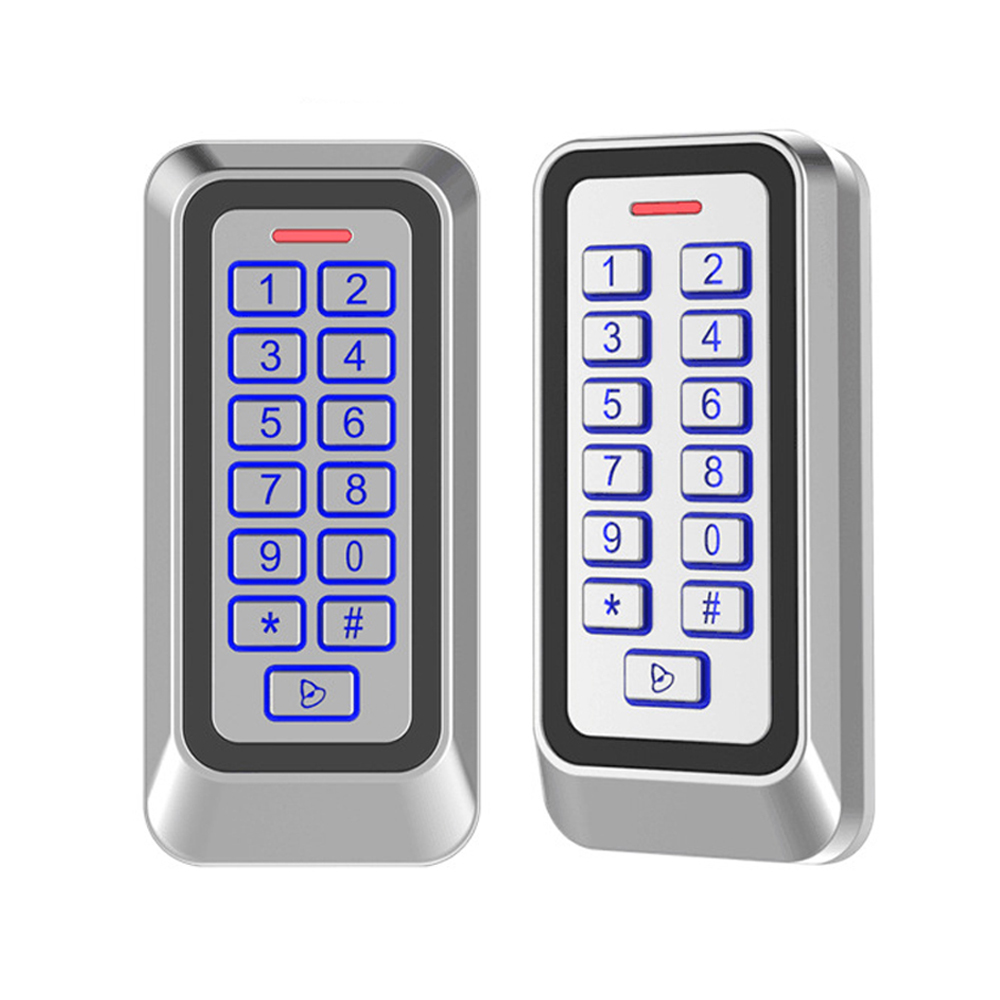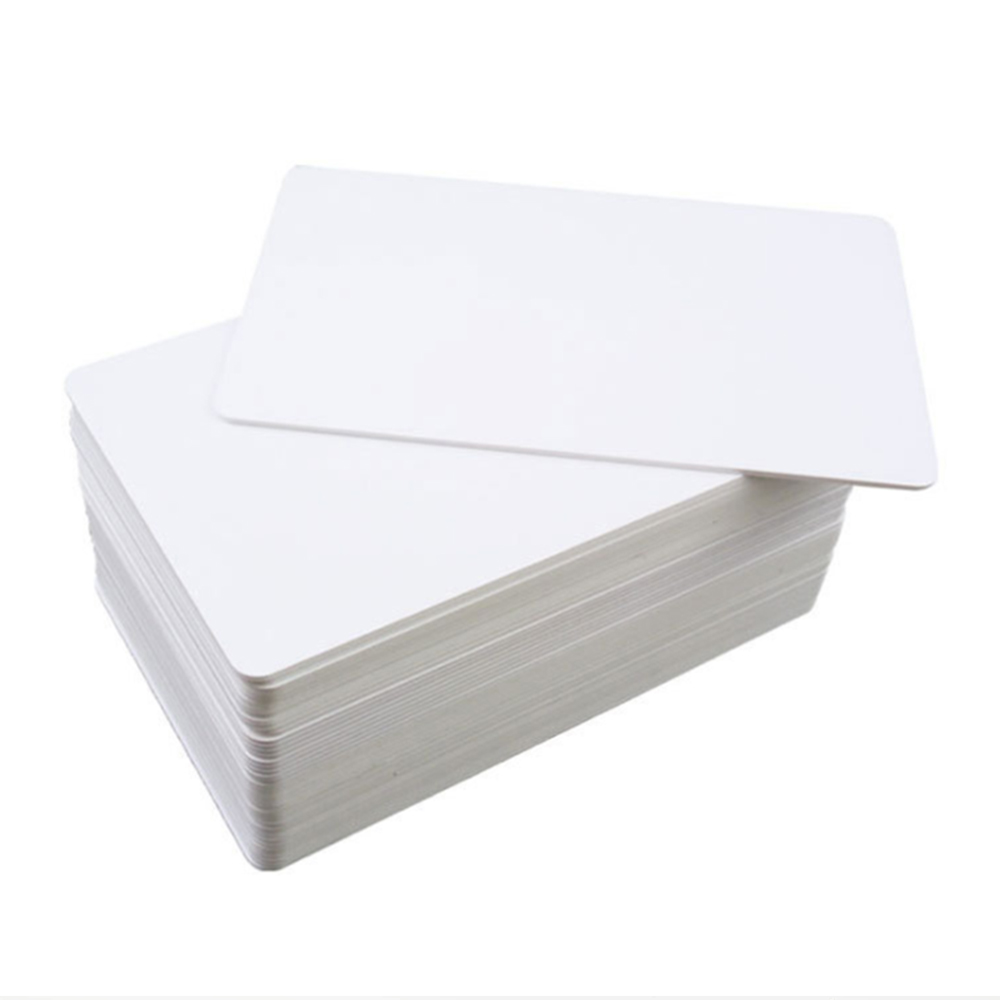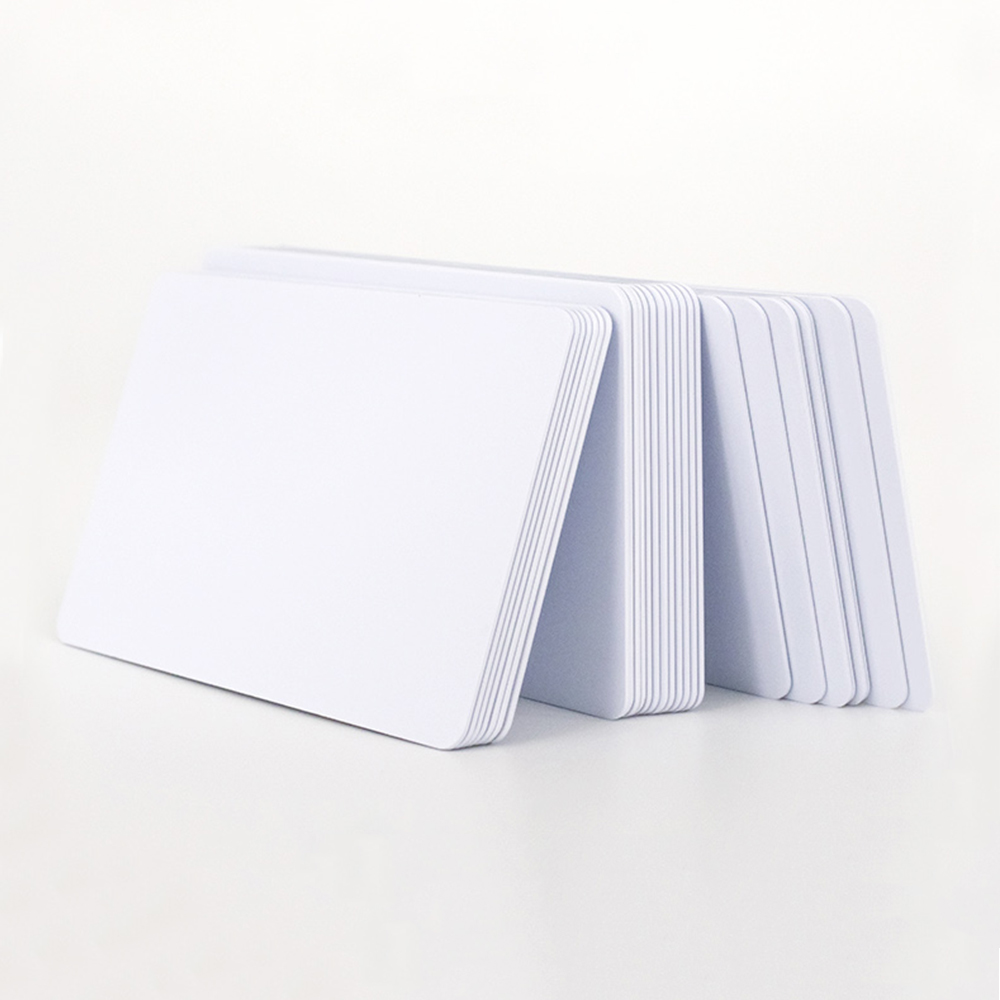Low Frequency RFID Solutions- Key Applications and Benefits

Low Frequency RFID Solutions: Key Applications and Benefits
Radio Frequency Identification (RFID) technology has revolutionized various industries by providing an efficient and seamless way to track and manage assets, people, and information. One subset of RFID technology that is gaining traction is Low Frequency (LF) RFID. Operating at frequencies between 30 kHz and 300 kHz, LF RFID offers several advantages, including better performance in certain environments and a unique set of applications. This article explores the key applications and benefits of low-frequency RFID solutions, focusing on LF RFID applications and RFID for access control.
Table of Contents
- Introduction
- What is Low Frequency RFID?
- Key LF RFID Applications
- Benefits of Low Frequency RFID Solutions
- Conclusion
What is Low Frequency RFID?
Low Frequency RFID uses electromagnetic fields to transfer data between a tag and a reader. LF RFID operates in the 125 kHz and 134 kHz bands, which are widely used for specific applications due to their shorter read ranges and ability to work well in environments with challenges like water and metal interference. LF RFID tags are typically passive, meaning they do not have their own power source and rely on the energy emitted by the reader to transmit information.
LF RFID offers several benefits, including reliability in harsh conditions and an extended lifespan for tags, as they are less prone to damage from environmental factors. While it doesn’t offer the long-range capabilities of High Frequency (HF) or Ultra High Frequency (UHF) RFID, its unique features make it ideal for specific use cases.
Key LF RFID Applications
1. RFID for Access Control
One of the most widely recognized LF RFID applications is in RFID for access control. This application is used in a variety of settings, including office buildings, factories, and secure areas like data centers or government buildings. LF RFID-based access control systems are often favored for their security and reliability.
With LF RFID access control, employees or authorized personnel are given RFID cards or key fobs embedded with LF RFID tags. When a person presents their card to the reader, the system quickly checks the tag's information, granting or denying access based on pre-set credentials. LF RFID technology is highly effective in access control systems because the lower frequency is less likely to be disrupted by interference, ensuring smooth operation even in areas with metal surfaces or heavy machinery.
The benefits of RFID for access control include increased security, ease of use, and cost-effective integration with other building management systems. LF RFID systems also offer the advantage of long-lasting tags that require minimal maintenance, making them ideal for environments that require constant monitoring of entry points.
2. Animal Tracking and Identification
Another key LF RFID application is in animal tracking and identification. This technology is commonly used in agriculture, veterinary care, and wildlife management. In this context, LF RFID tags are implanted in animals or attached to collars, providing a unique identification number for each animal.
In the agricultural industry, farmers can use LF RFID solutions to monitor livestock, ensuring they are healthy and properly accounted for. Veterinary clinics can track the medical history of animals, making it easier to manage treatments and vaccinations. In wildlife conservation, LF RFID tags can help researchers track and study animals in their natural habitats.
The benefits of using LF RFID in animal tracking include improved traceability, reduced risk of animal theft, and better management of health and care records. Additionally, LF RFID tags are small and durable, making them ideal for tagging animals without causing discomfort or harm.
3. Asset Tracking in Harsh Environments
Low-frequency RFID is particularly beneficial for asset tracking in environments where high frequencies might fail. Industries like manufacturing, construction, and logistics often work in areas with high interference from metal surfaces or liquids, where UHF RFID tags may not perform as well. LF RFID tags, with their ability to penetrate such obstacles, provide an effective solution for tracking tools, equipment, and inventory in challenging conditions.
For example, construction sites frequently use LF RFID tags to track machinery and equipment. These tags are resistant to harsh temperatures, dirt, and chemicals, making them perfect for rugged environments. The ability to quickly identify assets can lead to significant time and cost savings by reducing equipment loss, streamlining maintenance schedules, and ensuring proper utilization of resources.
4. Library Book Tracking
In libraries and academic institutions, LF RFID is widely used to streamline the process of borrowing and returning books. Each book is tagged with an LF RFID chip that allows it to be identified and checked out automatically by the system. This improves efficiency, reduces human error, and makes inventory management much easier for library staff.
The use of RFID for access control extends beyond physical building access and into the realm of data and content control. The ability to track books with RFID also enhances security, making it easier to detect theft and misplacement. Moreover, LF RFID tags have a long lifespan and can withstand the wear and tear of frequent handling, ensuring reliability in a busy library environment.
Benefits of Low Frequency RFID Solutions
1. Improved Reliability in Challenging Environments
One of the key benefits of low-frequency RFID is its ability to perform reliably in environments with metal surfaces, water, and other challenging conditions. Unlike UHF RFID, which may experience reduced performance near water or metal, LF RFID systems are less affected by these obstacles. This makes LF RFID a preferred choice for industries where environmental factors pose a risk to the performance of traditional RFID systems.
2. Cost-Effective Solution
LF RFID tags are generally more affordable than their higher-frequency counterparts. Their simple design and smaller range make them cost-effective for many applications, particularly in access control, livestock tracking, and asset management. Businesses can implement LF RFID solutions without needing to make a significant upfront investment, making it an attractive option for small to medium-sized enterprises.
3. Long-Lasting Tags
Low-frequency RFID tags are durable and have a long life cycle. Since they don’t require a battery, their operational lifespan can be several years, making them ideal for use in applications where long-term tracking is necessary. Their robustness ensures that they continue functioning reliably even in tough conditions, such as heavy machinery or outdoor environments.
4. Enhanced Security and Privacy
The lower frequency of LF RFID provides an added layer of security for applications like RFID for access control. The system’s ability to limit read distances reduces the risk of unauthorized access or data breaches from long-range readers. Moreover, LF RFID tags are often more difficult to clone or tamper with compared to higher-frequency tags, enhancing overall security.
Conclusion
Low frequency RFID solutions offer significant advantages across a range of applications, from RFID for access control to animal tracking and asset management. With their reliable performance in challenging environments, long-lasting durability, and cost-effectiveness, LF RFID tags provide a practical solution for businesses and organizations seeking to improve operational efficiency, security, and inventory management. As technology continues to advance, LF RFID applications are likely to expand, further enhancing the potential of this versatile solution.
Related Products
Here are some relevant statistics and facts to enhance the article on Low Frequency RFID solutions:
1. Growth of RFID Technology:
- According to a report by MarketsandMarkets, the global RFID market is expected to grow from USD 11.91 billion in 2020 to USD 19.75 billion by 2026, at a CAGR of 8.6%. Low Frequency (LF) RFID is a part of this market, contributing to growth in niche sectors like access control, asset tracking, and animal identification.
2. LF RFID Frequency and Range:
- LF RFID operates at frequencies of 125 kHz and 134 kHz, with a typical read range of 10 cm to 30 cm. This short range is suitable for environments where high security or proximity is required, such as in RFID for access control.
3. Low Frequency RFID in Access Control:
- Access control is one of the largest applications for LF RFID. According to IDTechEx, RFID-based access control systems are used in more than 70% of all security installations in commercial buildings worldwide. LF RFID systems are particularly favored for their ability to perform in challenging environments like factory floors and outdoor settings where higher frequencies struggle.
4. Animal Identification and Tracking:
- The global RFID in animal tracking market was valued at USD 74.2 million in 2021 and is projected to grow to USD 138.5 million by 2026, at a CAGR of 13.6%. LF RFID tags, commonly used for livestock and pet identification, offer an effective way to track animals with minimal interference from environmental factors like water and metal.
5. Asset Tracking in Harsh Environments:
- According to Zebra Technologies, 54% of organizations use RFID to improve inventory visibility and asset tracking. Low frequency RFID tags are particularly effective in industrial sectors, where materials like metal and liquid can disrupt higher-frequency RFID systems. LF RFID tags are also ideal for harsh environments, including factories and construction sites, where equipment tracking is critical.
6. Cost Effectiveness of LF RFID:
- LF RFID tags tend to be more cost-effective compared to UHF RFID or HF RFID. A typical LF RFID tag can cost between $0.10 and $2 per unit, making them an affordable option for large-scale applications like library book tracking or asset management. This cost advantage allows businesses to scale RFID solutions without a significant financial burden.
7. Durability and Longevity of LF RFID Tags:
- Passive LF RFID tags typically have a lifespan of 5-10 years due to their simple design and lack of a battery. This makes them ideal for long-term tracking applications like animal identification or asset management, where durability is essential.



